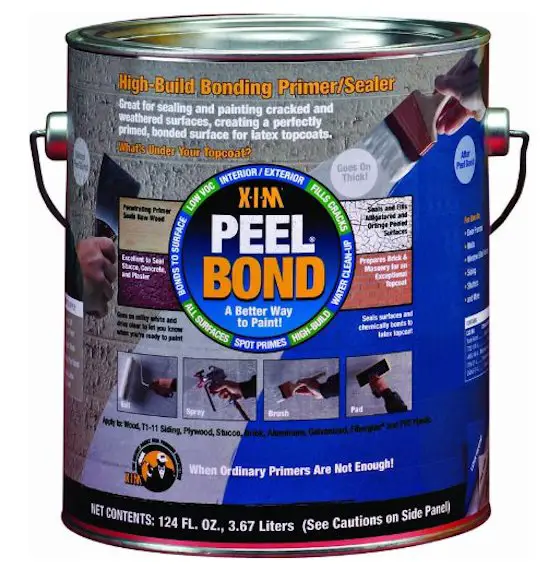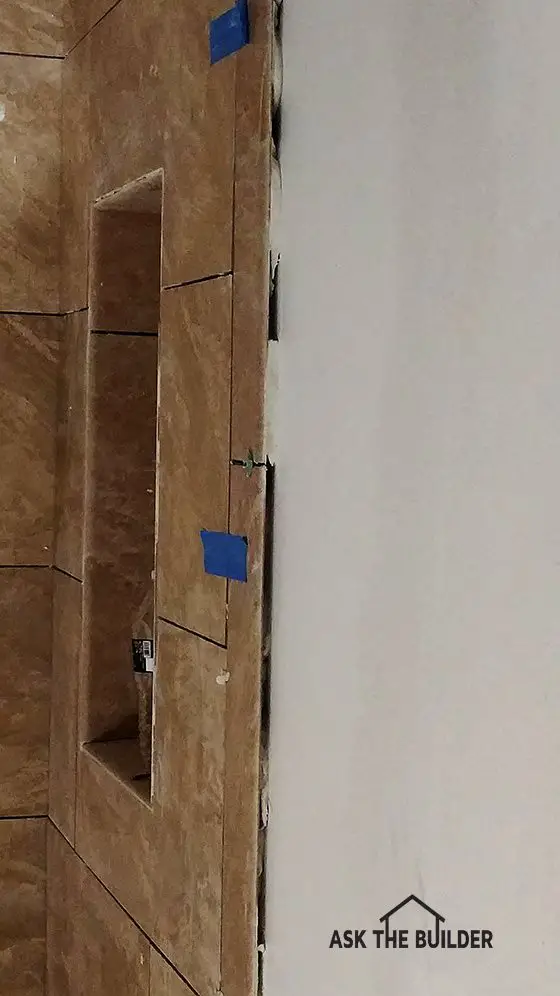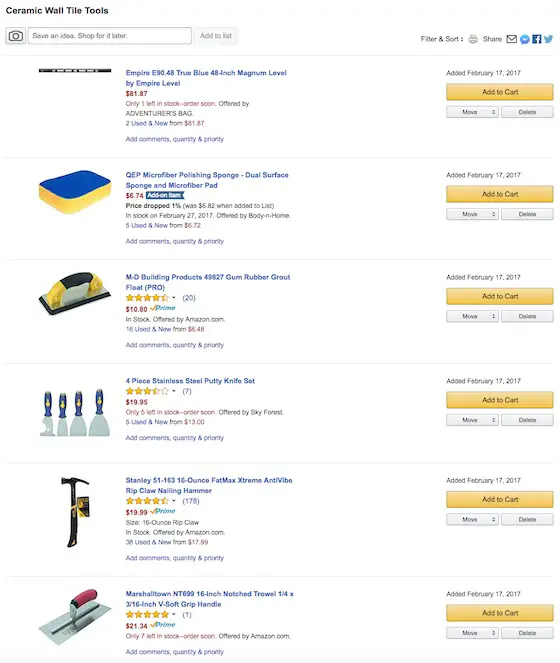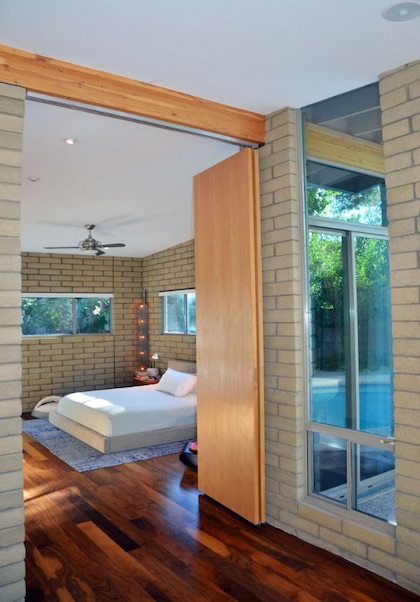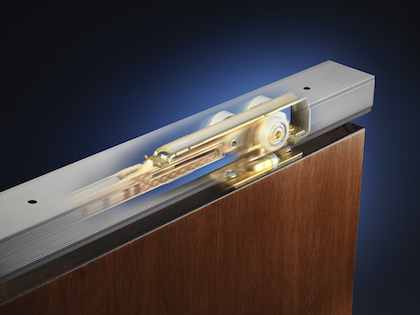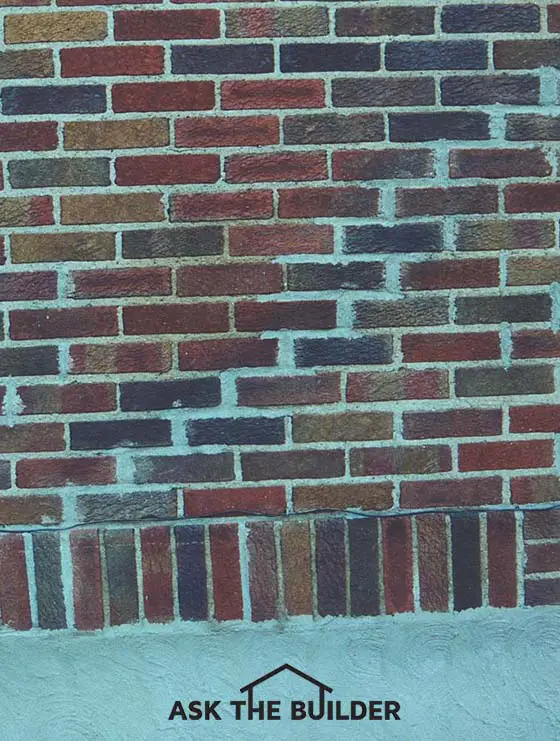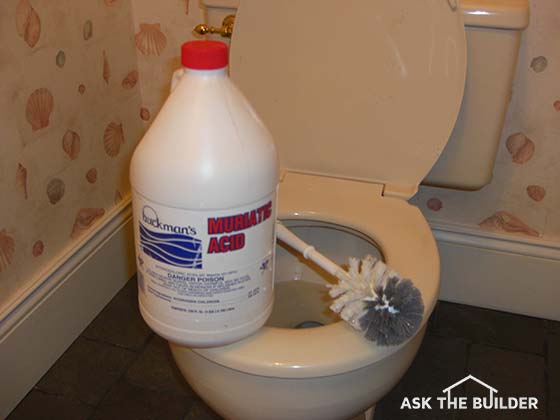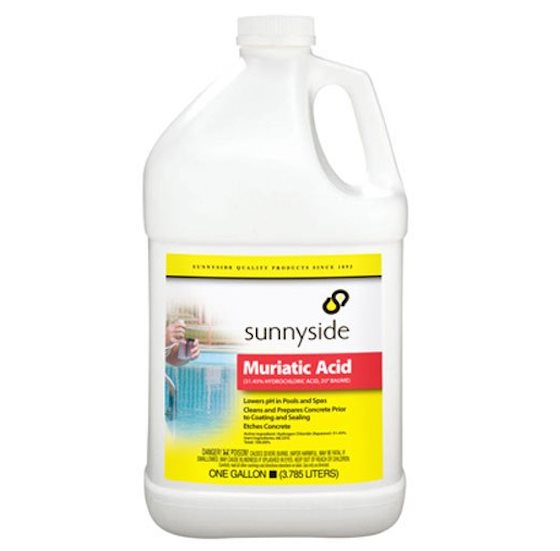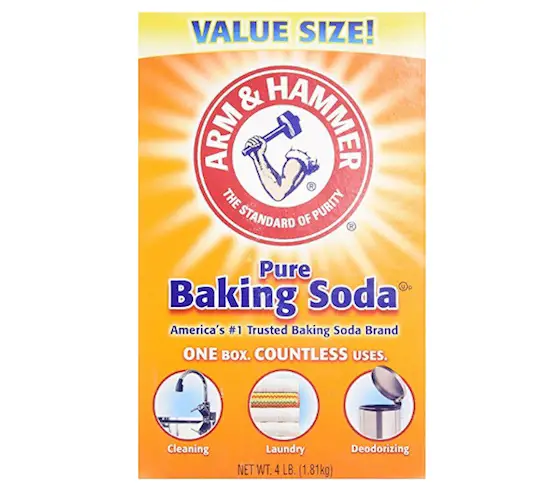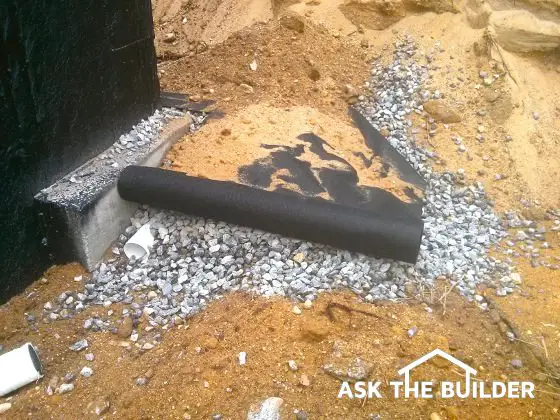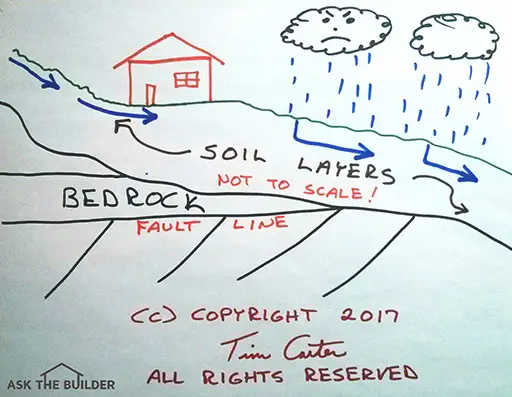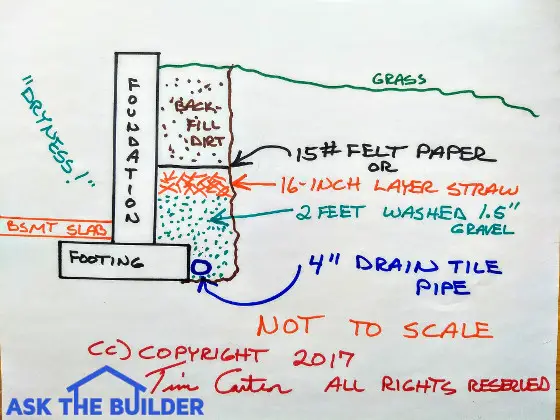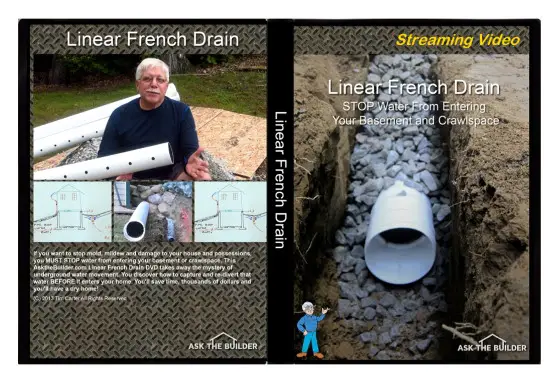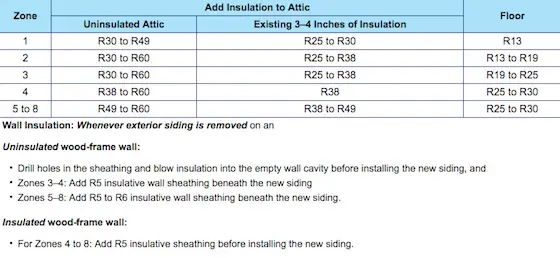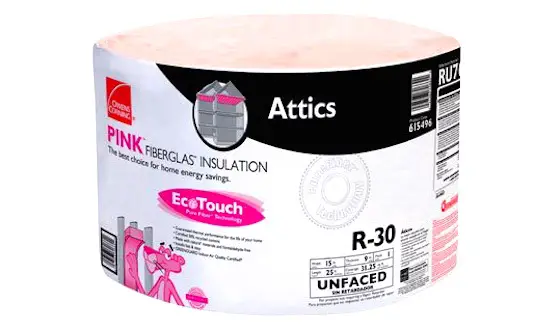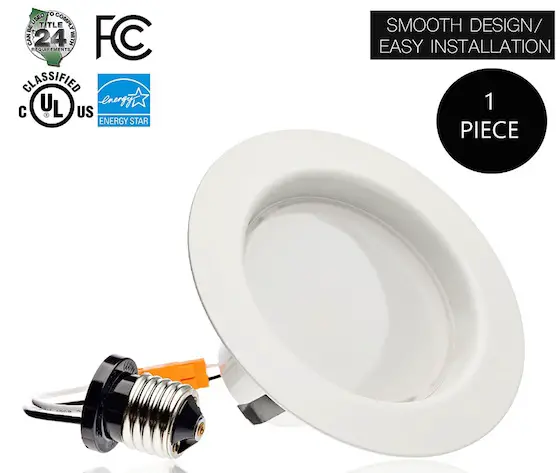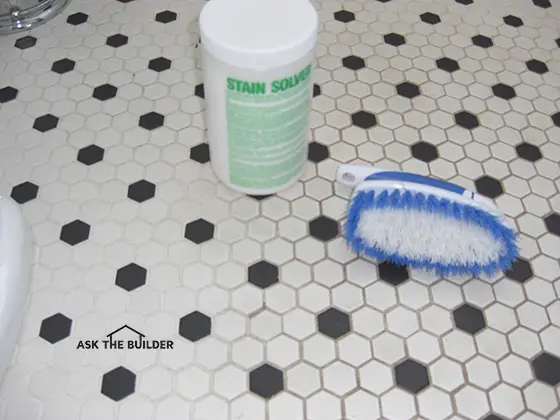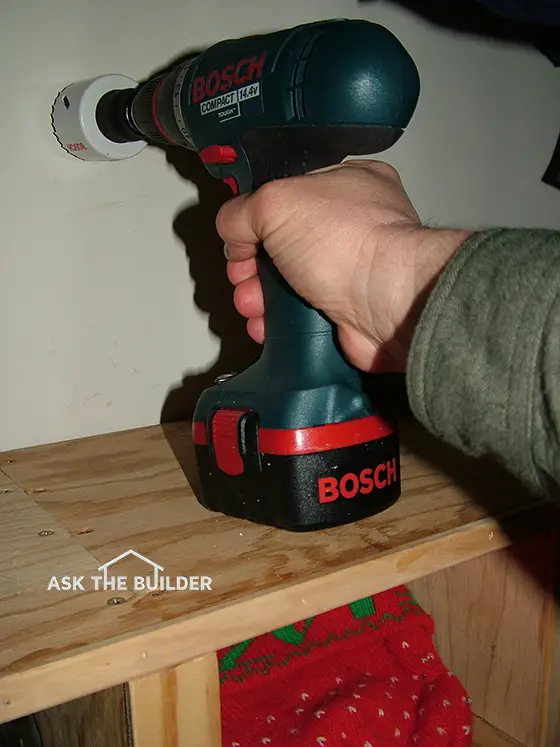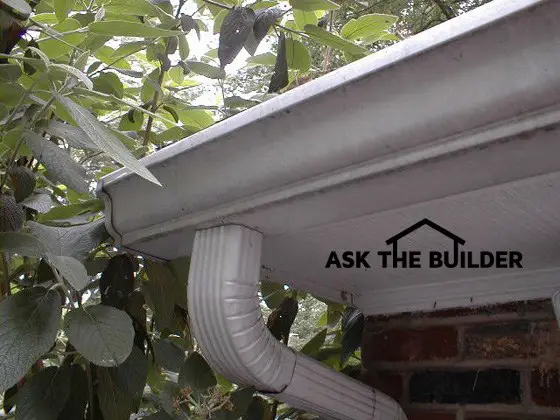
Paint aluminum gutters | Here are a typical aluminum gutter and downspout. The front of the gutter is filthy and covered with diesel-fuel soot from tens of thousands of trucks that traverse the interstate highways just a few miles away. Zebra stripping you see on the face of gutters is often from diesel soot that sits on the small flat ledge on top of the gutter and then runs down with each rain. Stain Solver oxygen bleach will CLEAN the zebra stripes. CLICK THIS IMAGE NOW to ORDER Stain Solver magic oxygen bleach. (C) Copyright 2017 Tim Carter
"The key to repainting aluminum gutters and downspouts is making sure they're clean and that you use the right primer if you use a common paint that contains ammonia."
Paint Aluminum Gutters Checklist
- Aluminum is easy to paint
- Use Stain Solver to clean gutters
- Use special clear bonding primer
- Certain spray paints are great
- CLICK HERE to Get Tim's FREE & FUNNY Newsletter!
DEAR TIM: Many years ago, I had white aluminum gutters and downspouts installed on my home. They're in great shape except for the faded paint finish.
I want to paint aluminum gutters now! Can I paint the aluminum surfaces and if so, what is the best way? I'm thinking of pressure washing the entire exterior surface of my home before painting. Is this a good idea? Leslie M., Linden, NJ
Related Links:
Aluminum Siding - Paint and Primer Tips
DEAR LESLIE: I've got good news and bad news. Let's start with the good news first.
You can paint aluminum gutters. It's not hard to do, but if you make a mistake, the next time it rains they'll look like a blistered hot dog sweltering on a grill at a Fourth-of-July picnic.
Does Paint Stick Well to Metal?
Much to the surprise of many people, metal surfaces actually are very compatible with paint. Just look around you at all of the painted automobiles, appliances, and commercial steel buildings and metal roofs.
Aluminum is especially paint-friendly as you've witnessed on your own home. Since it doesn't rust, blistering or peeling of factory-applied paint finishes on aluminum is very rare.
What Is the First Step in Painting Aluminum?
The key to repainting aluminum gutters and downspouts is making sure they're clean and that you use the right primer if you use a common paint that contains ammonia.
Does Pressure Washing Get Rid of All Dirt?
Pressure washing the gutters and downspouts and the rest of your exterior surfaces is simply not the best way to get them ready to paint. This method doesn't get rid of all the dirt.
The proof is available in two forms. When you shower each day, I'd venture to say that you don't just rotate in circles in the shower allowing a vigorous stream of water to do all the work. Even if soapy water came out of the shower head and you let that water hit your skin, you'd not be completely clean.
You most likely rub your skin using your hands with soap and water and then rinse with the water stream. The mechanical movement of your hands on your skin is what gets you clean. The soap helps lift oils and dirt from your skin as well to get you even cleaner.
Do Car Washes Get Cars Really Clean?
Do you want more proof? Take your car to a self-clean car wash equipped with a pressure washing wand. Clean your car allowing the tip of the pressure washer to get as close to your car as you feel comfortable.
After leaving the car wash, pull out into the parking lot and allow your car air dry. Take your fingers and wipe them across the paint. I guarantee you that you'll remove a thin layer of dirt that was left behind by the pressure washer.
What is Stain Solver?
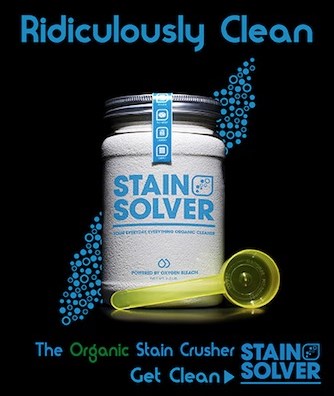
Stain Solver is MADE in the USA with USA ingredients that are food-grade quality. CLICK THE IMAGE to order some NOW.
I'd use Stain Solver certified organic oxygen bleach to wash the gutters, downspouts and entire house to get it clean
Stain Solver is a pure powder you mix with warm tap water. Stir until dissolved and put the solution in a garden hand-pump sprayer.
Stain Solver is Made in the USA with USA ingredients.
Spray the surfaces you want to clean and allow the oxygen-bleach solution to bubble and fizz. Work in the shade or early morning if you can. You don't want the solution to evaporate.
You want the Stain Solver solution to soak and work on the surfaces for about 15 minutes before you continue to wash. Don't allow the solution to evaporate.
How Should I Clean the Aluminum Gutters?
Continue to wash your house and the gutters and downspouts as you would your own body.
I think the best thing to use is a great brush on a pole like RV owners use.
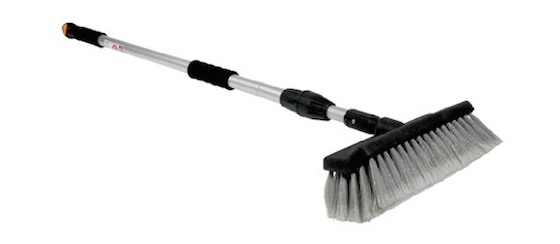
This is a great RV brush that's got an adjustable handle. It's perfect for cleaning siding. CLICK THE IMAGE NOW TO ORDER ONE.
These brushes are stiff enough to get rid of dirt and algae, but soft enough not to scratch window glass, paint or siding.
Should I Use Liquid Dish Soap?
Mix some liquid dish soap in the garden sprayer along with the Stain Solver solution. I prefer to use liquid dishwashing soaps as they make lots of suds. Spray this solution onto all the surfaces just before using the RV brush. Keep the RV brush wet with the soapy solution.
Rinse the surfaces as soon as you stop scrubbing. Don't allow the dirty solution to dry on the surfaces.
Be sure to scrape any loose paint before you wash. If you have wood on your home, you'll probably need to scrape a second time after washing. Paint adjacent to bare spots of wood always seems to pull away once the rinse water dries.
What About Chalky Paint?
After the gutters and downspouts are dry, they still may be chalky. This is normal. The chalk is simply pigment particles at the surface of the original paint that has been loosened by the harsh ultraviolet (UV) rays of the sun.
Are the Paint & Primer In One a Good Product?
Modern paints often say they're a paint and primer in one. That may be well and good, but you need to look on the label to ensure it doesn't contain ammonia, a common household chemical.
If you want a great spray paint that's SAFE to use on aluminum gutters and downspouts, then consider X-0 Rust. This is a fantastic oil-based spray paint that will bond well with clean aluminum. It comes in different colors, including white.
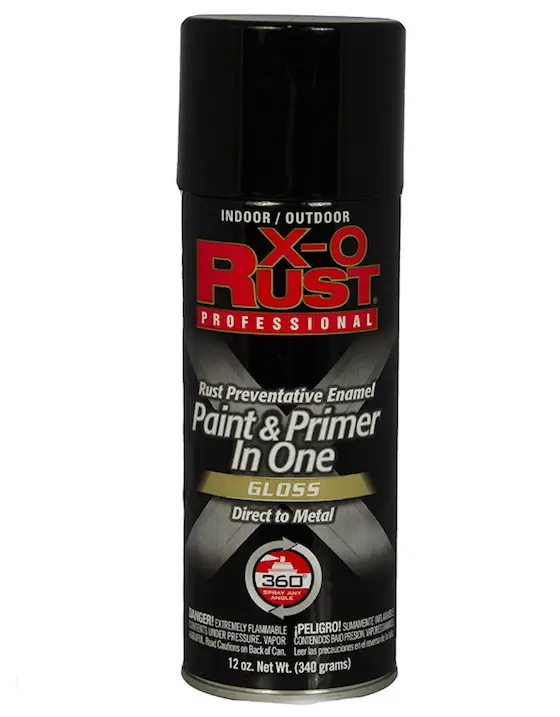
Here's a spray paint that's great for steel beams and columns. It contains a metal primer. This brand also is available in quart or gallon cans if you have LOTS of steel to paint. CLICK THE IMAGE TO ORDER IT NOW.
Is Ammonia in Paint a Problem?
You've now reached the most important part of the job - the primer.
IMPORTANT TIP: Avoid using any latex paint primer that contains ammonia. This ingredient is often listed on the paint can label or a technical sheet that the paint store has on file.
Ammonia can react with oxidized aluminum that is hiding inside small pin holes or bare spots on your gutters and down spouts. When this happens, the chemical reaction creates a gas bubble just beneath the skinned over latex paint.
What Causes Bubbles in the Paint?
The next time the air pressure drops in advance of rain storm or shower, the bubbles actually inflate! When the pressure rises as the weather clears, the bubbles mysteriously disappear. Keep in mind the paint film is a latex film much like a balloon or gloves a forensic scientist wears.
Are Special Primers a Good Idea?
There are two primers that work great for faded aluminum. Get the clear acrylic bonding primer shown below that penetrates the chalky aluminum. This product forms an excellent foundation for a final coat of 100 percent acrylic paint.
It'll say on the label that's it's approved for use with aluminum.
If you can't locate this nifty clear primer, then use a regular oil-based metal primer. The trick is to thin the primer with 16 ounces of thinner per gallon of paint.
Feel free to add some pigment to this primer if you feel it will get you close to the final color of your trim.
Try to apply the final coat of paint within 24 hours of applying the primer. The top coat paint will bond much better if you can do this.
Companion Articles: Aluminum Siding Painting Tips, Paint Your Aluminum Siding, Aluminum Siding Paint Manufacturers, Aluminum Siding - Paint and Primer Tips
Column 274
